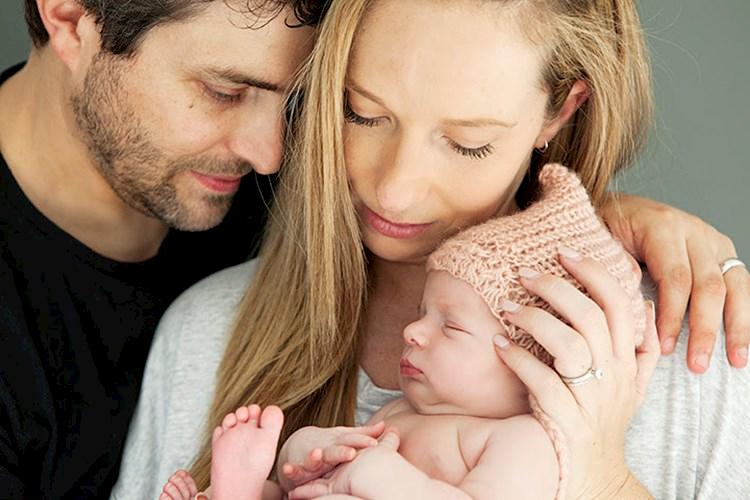background
A dedication
to Mackenzie
In the May 2018 federal budget, the Australian Government announced $500 million towards genomics research: the Genomics Health Futures Mission, starting with a $20 million study of reproductive genetic carrier screening, called Mackenzie’s Mission.
Mackenzie’s Mission offered screening to up to 10,000 couples across Australia for about 750 severe, childhood-onset genetic conditions, allowing prospective parents to gain information about their likelihood of having a child with any of these genetic conditions.
The three-year research study aimed to determine the evidence for making free reproductive genetic carrier screening available to all couples in Australia who wish to have it. The study ended in 2022.
Mackenzie’s Mission is funded by the Medical Research Future Fund, and is administered by Australian Genomics.


about mackenzie
Mackenzie was a perfect little baby – the picture of health
But at 10 weeks old, she was diagnosed with a condition called spinal muscular atrophy (SMA) – a severe inherited neuromuscular condition without a cure.
Mackenzie’s parents Rachael and Jonathan Casella felt shattered by the news. The couple had no family history of genetic conditions and undertook all the recommended preparations to have a healthy child. They had never heard of SMA and were not aware that they were both genetic carriers for the condition. As ‘carriers’, the couple do not have the condition themselves, but have an increased chance of having a child with SMA.
In October 2017, Mackenzie Casella passed away at just seven months and 11 days old. Believing no couple should face this tragedy, the Casellas launched a campaign calling for reproductive genetic carrier screening to be routine and free for all prospective parents in Australia.
about the study
Mackenzie’s Mission offered reproductive genetic carrier screening to up to 10,000 Australian couples who were either planning to have children or were in early pregnancy
The screening gave couples information about their likelihood of having a child with a severely debilitating and/or life-limiting genetic condition occurring in childhood.
Couples who took part in the study were offered information and support to help them make informed choices about whether or not to have screening.
If couples chose to have the test, they were screened for about 750 severe, childhood-onset genetic conditions, including conditions where early diagnosis and treatment can improve a child’s health.
Couples who had an increased chance of having a child with any of these genetic conditions were supported and informed about their reproductive options, enabling them to make choices according to their own values.
what we hope to achieve
Mackenzie’s Mission aims to prepare the Australian healthcare system for population-wide reproductive genetic carrier screening
The study investigated how reproductive genetic carrier screening should be provided as a national program, with the long-term aim of making screening free for every couple in Australia who chooses to have the test.
Before reproductive genetic carrier screening can be made widely available in Australia, important information needed to be gathered. The Mackenzie’s Mission study evaluated:
- The outcomes of reproductive genetic carrier screening
- How couples felt about having screening, and why they did or didn’t choose to have it
- Psychosocial impacts reported by participants
- Ethical issues raised by reproductive genetic carrier screening
- The health economic impacts of screening
- What information needed to be provided to healthcare professionals to enable them to offer and deliver screening
- What resources our healthcare system needed for screening to be delivered on a large scale for the Australian population, and to ensure screening can be accessed by all those who want it

